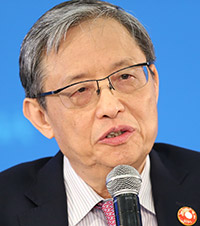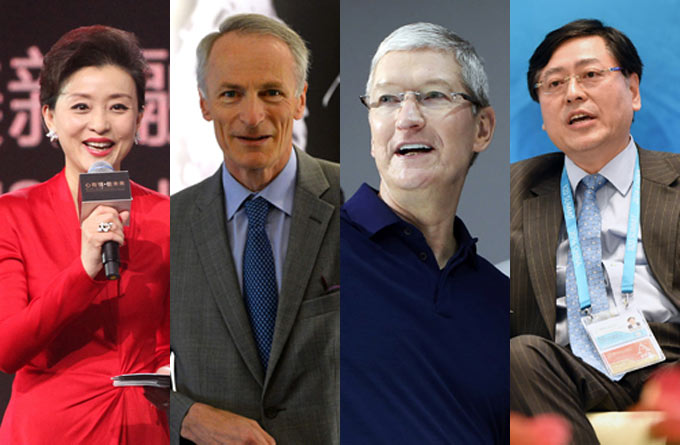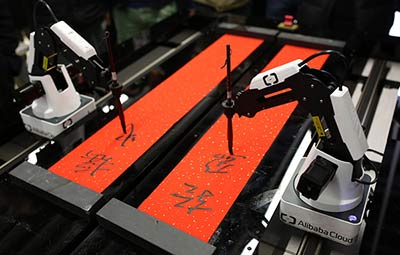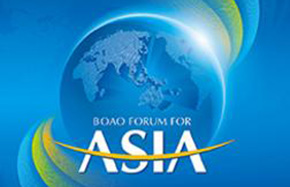Nation leads Asia in growth vitality




But economic integration and cooperation face more headwinds
China ranked No 1 in terms of economic vitality among Asian economies in 2016, despite setbacks to regional economic integration, reports showed on Thursday.The Asia Competitiveness Annual Report 2017 said that China maintained a 6.7 percent growth rate last year and contributed 33.2 percent to global economic growth, ranking the highest among all world economies.
 |
|
Zhou Wenzhong, secretary-general of the Boao Forum for Asia. [Photo provided to China Daily] |
In terms of overall competitiveness, China ranked No 9 among Asian economies in 2016, for the fourth consecutive year.
The report was released at the four-day Boao Forum for Asia in Boao, Hainan province, which kicked off on Thursday. The opening ceremony will be held on Saturday where Vice-Premier Zhang Gaoli is scheduled to deliver a keynote speech.
The study evaluated the competitiveness of 37 Asian economies based on five measurements: commercial and administrative efficiency, infrastructure development, overall economic strength, social development, human capital and innovation capability.
China moved up the rankings for commercial and administrative efficiency on the back of its improved business environment. The central government has further cut red tape and delegated power to lower levels, according to the report.
While the competitiveness of major Asian economies remained unaffected despite "the fluctuations of world politics and economy", experts called for greater cooperation and coordination to address challenges amid rising protectionism.
Zhou Wenzhong, secretary-general of the Boao Forum for Asia, said that globalization has arrived at a crossroad, and the focus of the next phase should be to promote shared benefits and to fix existing problems in the process.
"The Belt and Road Initiative is China's vision to push for globalization. If the economies can work together for mutual gains, while addressing their own development problems, a more integrated Asia is something we can expect in the future," Zhou said.
Another report released at the forum pointed out that Asia's integration in terms of trade, production and finance, is facing unprecedented challenges since the region experienced a sharp trade decline in 2015.
Such setbacks are reflected in the fact that major Asian economies-China, Japan, South Korea and India-have all decreased their trade dependence on Asia, while policy coordination in the region has been weakening, the report said.
Yao Zhizhong, deputy director of the Institute of World Economics and Politics at the Chinese Academy of Social Sciences, said that the continuous advancement of the Belt and Road Initiative could effectively promote economic and trade cooperation in the region.
"It has also offered a new way to tackle the anti-globalization trend and forge a new driving force for globalization," Yao said.
Lin Guijun, vice-chancellor of the University of International Business and Economics in Beijing, said that Asian economies should foster a strong sense of community and abandon the beggar-thy-neighbor approach.
"We need to create an environment in which everybody can benefit from the process," Lin said, adding that governments should make efforts to improve the quality of integration and expand the coverage of free trade.



















